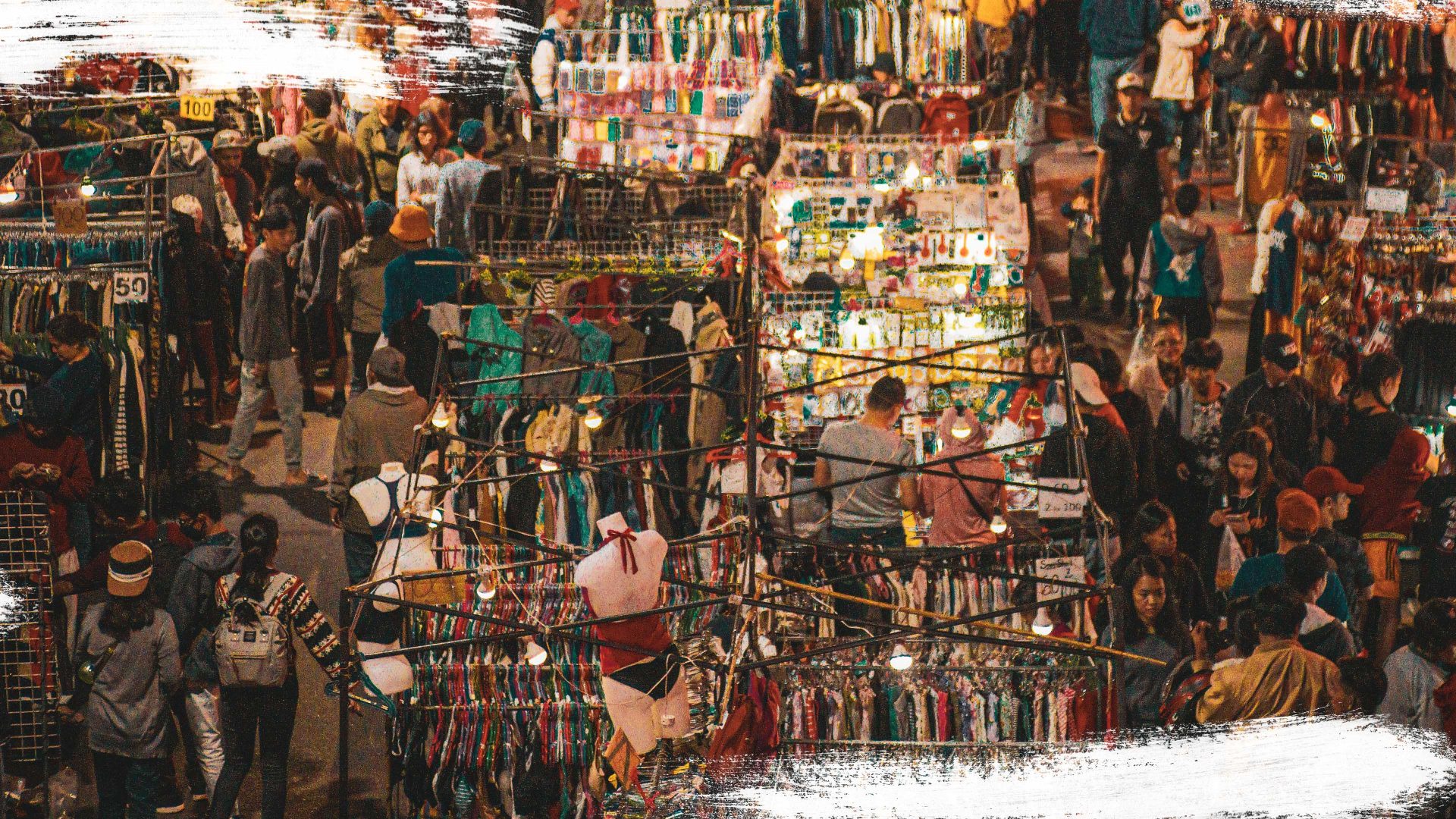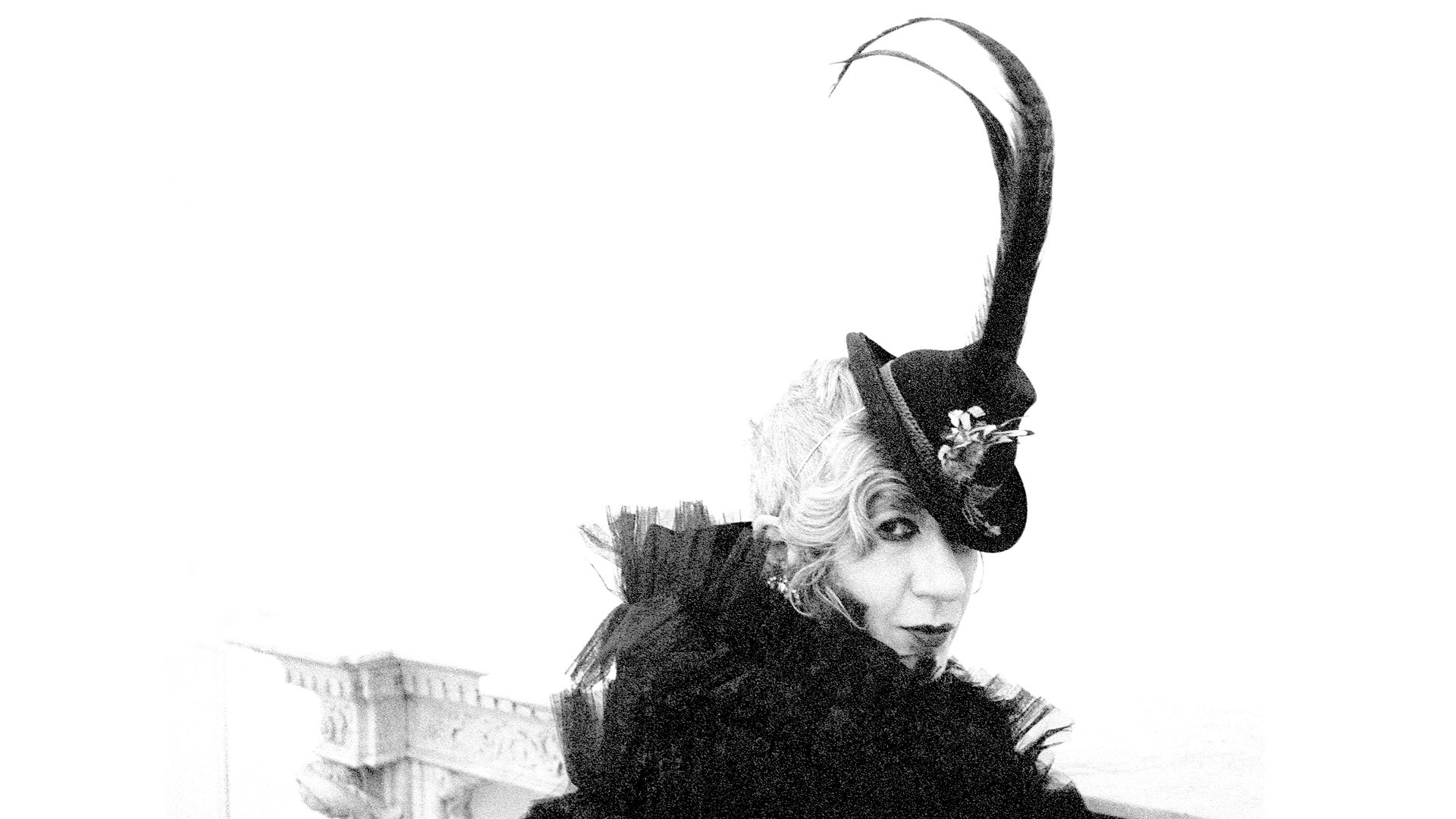In Sommières, a town in the eastern Languedoc that has the temerity to describe itself on signs flanking the road in as “une petite cité de caractère”, we find an enormous car park on one side of the River Vidourle and a 200-metre-long bridge, built by order of the Emperor Tiberius, that connects it to the Tour d’Horloge, the gothic gate to the old town. From here, winding alleyways wend their way through an agglomeration of – in some instances –
millennia-old masonry, until they reach the Marché-Haut, the ancient wheat market. Winding and wending their way along these alleys are herds of bovine tourists: the men in fashion-crisis culottes, with bum bags depending
from their prolapsing bellies – the women pretty much the same. On Wednesdays and Saturdays, the alleys are lined by hundreds of stalls selling all manner of stuff – while every day of the week there are the little boutiques studding the chipped and spalled facades, which also sell… all manner of stuff.
I realise this is a dubious catch-all, but you know what I mean: I’m talking about giant so-called Native American ‘dreamcatchers’, massage oils and scented candles; throw cushions shaped like bulls’ heads and made from
differently patterned fabrics; racks of floral-print sun dresses; small wooden frogs that make a noise when you pull a stick pinioned through their varnished bellies; wash bags made from more floral-print materials; carved
wooden iPhone speakers that look like miniature alpenhorns; hundreds of earrings convoluted into existence from beads and silver wire. There are stalls selling all manner of things – made from honey (sweets, beers, candles etc); and ones selling all manner of stuff made from lavender, or even CBD. Then there are food stalls – craft beers and local wines, crêpes and cheeses,
and great fatally gleaming mounds of saucissons sec.
Then there are still other stalls that sell stuff that can in no way be passed off as ‘artisanal’; ones flogging decorative cases and all kinds of other mobile phone accessories – and confectionery ones, handing out exactly the same sort of mutant candy as the clip joints along Oxford Street in London. In the boutiques are decorated mirrors and posters, pseudo-antique furnishings – while next door to them are hipster-style barbers offering to wax your moustache, for a price. And through this extensive souk the tourists amble, gently lowing to each other about this or that prospective purchase, until, exhausted and with their children wilting in the 37-degree heat, they sit down at café tables to graze on croques messieurs and slurp Coca-Cola.
We can’t possibly be snobbish about this strange ceremony, whereby the characterful is employed entirely as a setting for the commodity – because we’re doing it too! See us buy scented candles! Marvel as we seriously
discuss a jewellery purchase! Guffaw, as we shell out a whopping 10 euros for a sweetie bag that would cost a tenth of that if it were made by Haribo and sold in a British corner shop! We too have fallen victim to the Sommières schtick, whereby the manufactories of the east are repurposed as the pseudo-crafts of the west – and why wouldn’t we, because Sommières is no exception when it comes to such a simulation: you can find similar towns the length and breadth of Europe.
Indeed, you might be tempted to write off altogether the idea of anything at all authentic in Sommières’ environs – if, that is, you don’t stray from the car park and the old town. But in the other direction we find the real commercial centre: a giant Intermarché, flanked by a workaday boulangerie, épicerie and marchand de fruits et légumes. De Gaulle famously remarked on the impossibility of governing a country with 246 varieties of cheese – but here they all are, ranged pacifically along a 50-metre delicatessen counter that also has umpteen kinds of charcuterie, ready-made pastries, and fishy treats such as brandade de morue. I could go on itemising the multiple product lines of this prodigious emporium ad nauseum – but the point is simply made: this represents the real cultural centre of Sommières, and as if to underscore the fact, its first few aisles have a large sign hanging above them that reads: “CULTURE”.
Here you can buy Prix Goncourt-winning novels, and vieux chansonniers on vinyl; local maps and collections of regional poetry. I’m not going to claim the Intermarché and its culture section are evidence of Gallic high-mindedness – there’s plenty of Dan Brown-level schlock on the bookshelves, but the important point is it’s French schlock, written by writers the Anglosphere has never registered. No, what I would say is that while every
nation’s tourism is subject to the same globalising equalisation, its vie quotidienne remains entirely its own.



